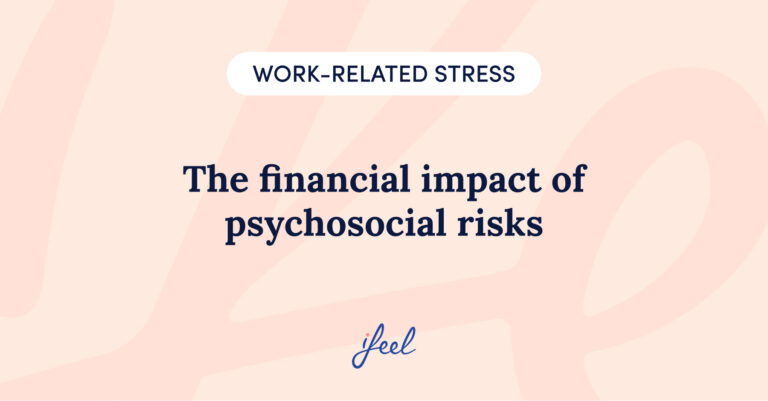Teal organizations are putting the latest twist on innovation regarding corporate structure. They are looking at what kind of hierarchy best serves corporate interests while still being highly satisfactory in terms of employee well-being.
In this case, the idea is to transgress the traditional structure within the business environment by replacing the pyramidal structure to which most of us are accustomed with a more circular one.
This way, it emphasizes a new reading of what is usually considered horizontality, the presumed absence of a boss, and shared decisions among all team members.

Where do teal organizations come from?
What we understand today as teal organizations was described by Frederic Laloux in his book Reinventing Organizations. Specifically, the former executive of the consulting firm McKinsey established a typology of companies, distinguishing them with the name of different colors according to various characteristics: their structure, the way they exercise power, the ability of employees to make decisions, innovation management, and other parameters.
From red to green…blue-ish
At the most negative end of the classification established by the Belgian executive would be red organizations, where power is exercised in a rigid and authoritarian manner and, therefore, the freedom and participation of employees are suppressed.
At the other end of the spectrum would be the teal organizations we refer to in this article. In between are amber, orange, and green organizations.
Are teal organizations better?
Beyond other concepts related to the company’s structure, teal organizations emphasize individual responsibility instead of the top-down dynamics of high directivity, typical of more pyramidal or vertical companies, which relegate employees to a more passive role.
However, once again, the (supposedly) innovative methodologies generate not only resistance to their application but, above all, reflections on their degree of feasibility.
Firstly, it is worth asking whether vertical or pyramidal structures have survived with enormous success in the business world until now due to mere inertia or because they have proved to be the most convenient in terms of evolution (certainly at an economic level, but perhaps not always at the level of employee well-being and satisfaction).
Beyond that, doubts continue to arise about the model of the so-called teal organizations: Is it realistic to dilute decision-making among a considerable number of people? Is it legitimate for some employees to decide on the working conditions (e.g., the economic salary) of other employees? What is the difference between a company that operates in the mode of teal organizations and a cooperative of a more associative nature?
Goodbye to vertical egocentrism… or not
One of the risks in building teal organizations is to assume that the ego of individuals (the drive to grow, to command, to be recognized above others, to have a significant influence…) disappears only because the responsibility for decision-making is shared and the figure of the “bosses” is blurred within the collectivity.
While it is accurate that teal organizations can effectively instill their philosophy in their team by being coherent and efficient in their operations, it isn’t good to view such companies as a utopian workplace where everything happens organically on a horizontal level.
In fact, it could generate inevitable disappointments in the medium term, resulting in naivety or not having properly gauged the pyramidal’s power on individuals and groups.
Egos can be silenced, but this does not necessarily mean they disappear.
Aspects to be considered within teal organizations
When evaluating the efficiency of teal organizations, it is recommended to avoid prejudices and not accept idealizations promoted by their most ardent supporters without scrutiny. We will see this in the following four sections.
1. Corporate culture
When considering our company as a part of teal organizations or assessing whether it already practices this philosophy, it is necessary to observe the type of corporate culture on which this type of organization is based, that is to say, on the values that support their activity.
2. Internal procedures
Teal organizations are considered as such precisely because they do not function like other types of entities (more vertical and less participatory). Therefore, it is necessary to observe which methodologies, strategies, and processes within the company’s day-to-day operations are derived from a structure specific to teal organizations.
3. Business benefits
The structure of a company is never an end but a means at the service of at least two causes: the success of the company and the quality of life of its employees. It is, therefore, necessary to consider the impact that teal organizations have on employees’ performance, productivity, and psychological well-being and what implications this way of organizing the company has for the work environment.

4. The relationship with the company
An important aspect often taken into account by teal organizations is the type of relationship between employees and the company that these companies generate. This should be observed at the level of commitment to the company (talent retention), involvement in the tasks (quality of results), involvement with the company (sense of belonging), and team cohesion (in terms of the workforce as a whole but also within the small teams in which each department is structured).
We hope you found this post about teal organizations interesting. If you would like more information about ifeel’s emotional well-being service for companies, simply get in touch, and we will contact your team as soon as possible.







